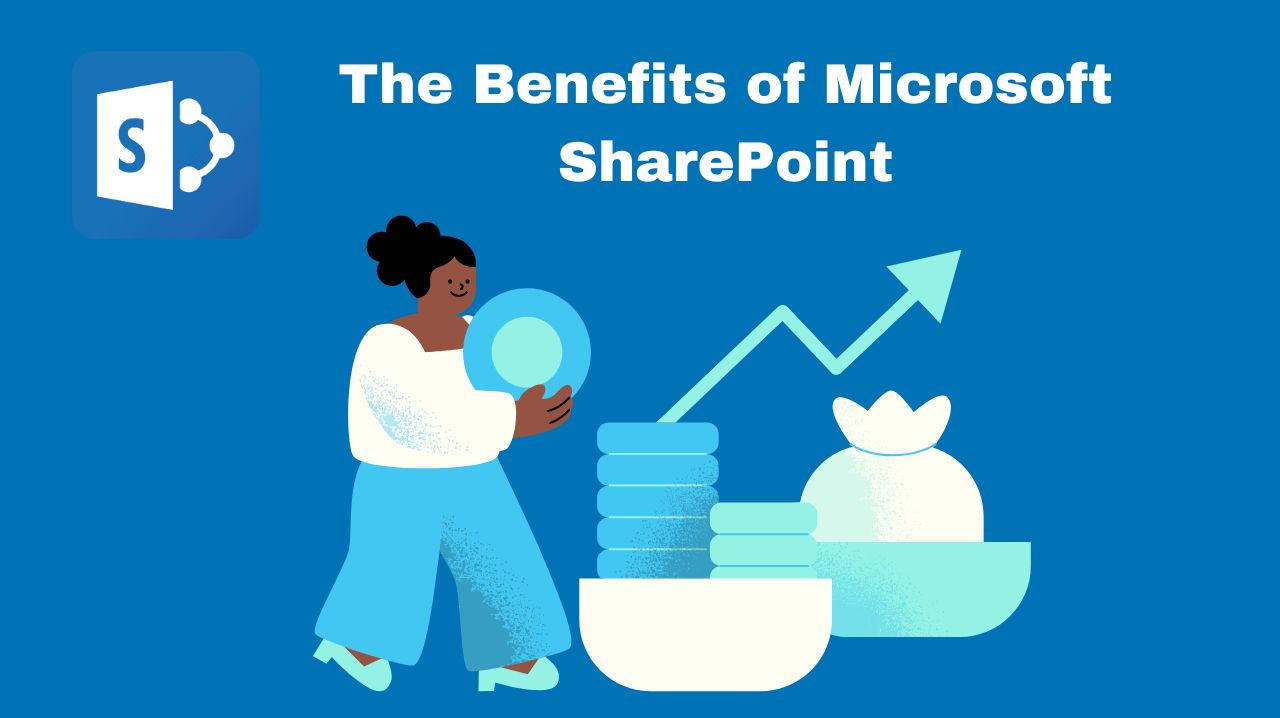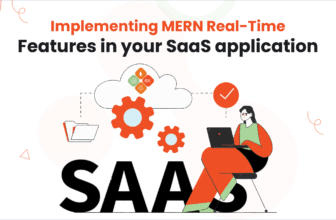
In today’s dynamic business landscape, collaboration has become the cornerstone of success. With teams spread across various locations and time zones, the ability to work together seamlessly is more critical than ever. Enter Microsoft SharePoint, a powerful platform designed to revolutionize the way teams collaborate and share information. In this article, we’ll explore the myriad benefits of using Microsoft SharePoint and how it can transform the way your organization operates.
Introduction to Microsoft SharePoint
Microsoft SharePoint is a web-based collaborative platform that integrates with Microsoft Office. It allows teams to create, manage, and share documents and information seamlessly. Launched in 2001, SharePoint has evolved significantly over the years, becoming one of the most popular collaboration tools used by businesses worldwide.
-
Centralized Document Management
One of the primary benefits of using SharePoint is its ability to centralize document management. Instead of scattered files across various servers or email threads, SharePoint provides a single, secure location for storing documents. This central repository ensures that everyone in the organization has access to the latest version of a document, eliminating the confusion of multiple versions floating around.
-
Enhanced Collaboration
SharePoint fosters collaboration by enabling team members to work together on documents in real time. Whether it’s co-authoring a report, reviewing a presentation, or brainstorming ideas, SharePoint facilitates seamless collaboration regardless of geographical location. With features such as document check-in/check-out and version history, teams can track changes and maintain document integrity throughout the collaboration process.
-
Customizable Workflows
Another key advantage of SharePoint is its ability to streamline business processes through customizable workflows. Organizations can create automated workflows to manage tasks such as document approval, review cycles, and notifications. This automation not only saves time but also ensures consistency and adherence to company policies and procedures.
-
Document Versioning and Tracking
Version control is crucial in any collaborative environment to avoid confusion and maintain data integrity. SharePoint provides robust versioning capabilities, allowing users to track changes, revert to previous versions if necessary, and view document history. This feature is particularly valuable in industries with stringent compliance requirements, such as healthcare and finance, where document accuracy and auditability are paramount.
-
Secure Information Sharing
Security is a top priority for any organization when it comes to sharing sensitive information. SharePoint offers robust security features, including access controls, encryption, and data loss prevention (DLP) policies, to safeguard confidential data. Administrators can define permissions at the site, library, or individual document level, ensuring that sensitive information is only accessible to authorized users.
-
Integration with Microsoft Office
As part of the Microsoft Office suite, SharePoint seamlessly integrates with familiar tools such as Word, Excel, and PowerPoint. Users can open, edit, and save documents directly from these applications to SharePoint, eliminating the need to switch between different platforms. This integration enhances productivity and simplifies the document management process for users already familiar with Microsoft Office.
-
Mobile Accessibility
In today’s mobile-driven world, the ability to access documents on the go is essential for remote and field-based employees. SharePoint offers a mobile app that allows users to access, view, and collaborate on documents from their smartphones or tablets. Whether attending a client meeting or working from a remote location, users can stay connected and productive with SharePoint’s mobile accessibility.
-
Scalability and Flexibility
Whether you’re a small startup or a large enterprise, SharePoint offers scalability and flexibility to meet your evolving business needs. With options for both on-premises and cloud-based deployments, organizations can choose the deployment model that best suits their requirements. Additionally, SharePoint’s extensibility allows for customisation and integration with third-party applications, enabling tailored solutions to address specific business challenges.
-
Knowledge Management and Search
SharePoint serves as a powerful knowledge management platform, allowing organizations to capture, organize, and share institutional knowledge effectively. With features such as metadata tagging, content categorization, and enterprise search capabilities, users can easily locate relevant information across the SharePoint environment. This fosters knowledge sharing and collaboration, driving innovation and improving decision-making processes.
-
Business Intelligence and Analytics
In addition to document management and collaboration, SharePoint offers robust business intelligence (BI) and analytics capabilities. Organizations can leverage SharePoint to create interactive dashboards, reports, and data visualizations using tools like Power BI. This enables stakeholders to gain valuable insights into key metrics and KPIs, empowering data-driven decision-making and driving business growth.
Conclusion
In conclusion, Microsoft SharePoint is much more than just a document management system – it’s a powerful collaboration platform that can transform the way your organization operates. From centralized document management to enhanced collaboration, customizable workflows, and robust security features, SharePoint offers a comprehensive solution to meet the evolving needs of modern businesses. By harnessing the power of SharePoint Development Services, organizations can unlock new levels of productivity, efficiency, and innovation, driving success in today’s competitive marketplace.
So, if you haven’t already embraced SharePoint, now is the time to do so and take your collaboration and productivity to the next level!







